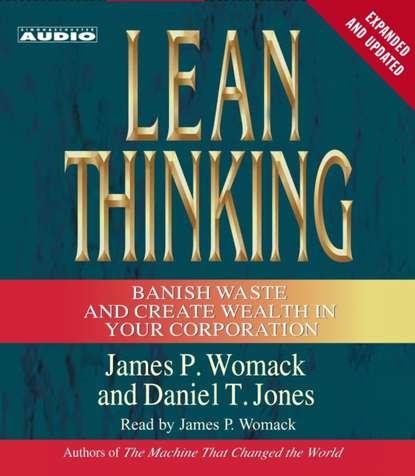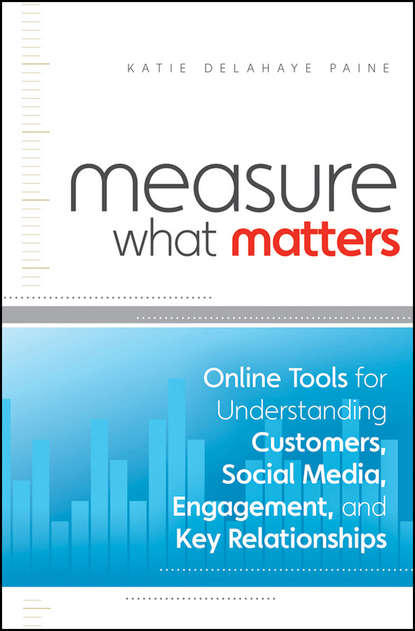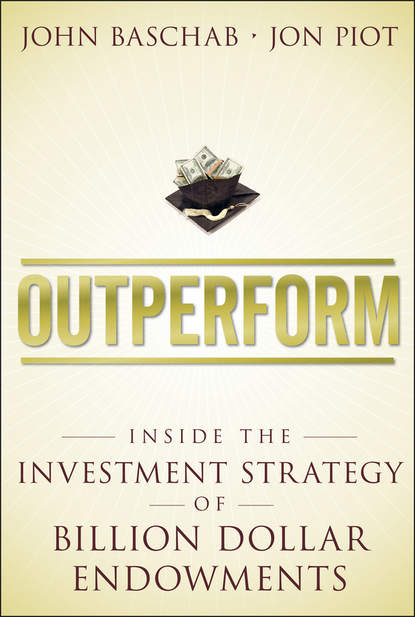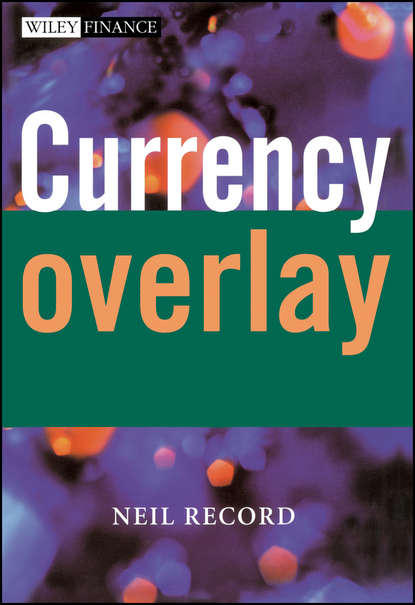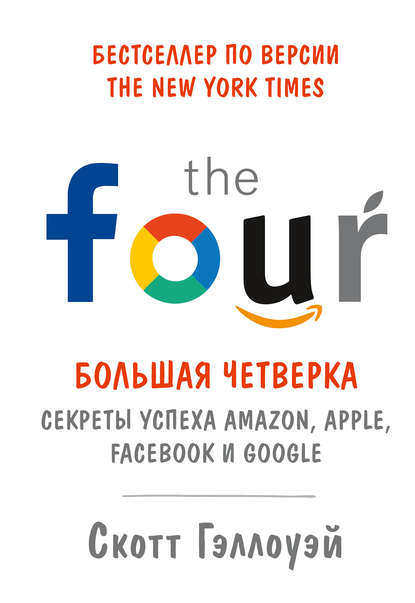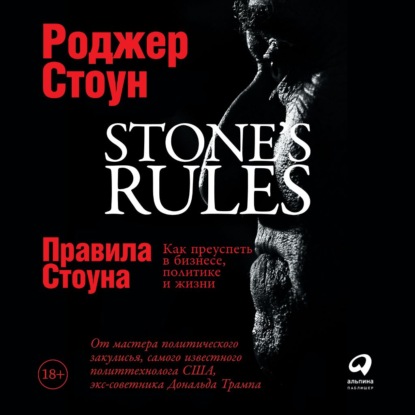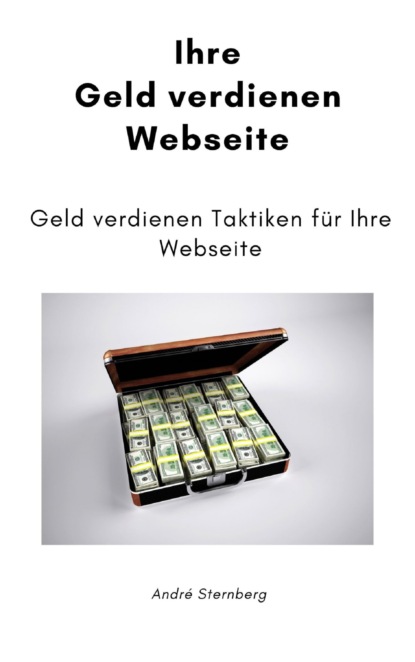Расширенное, обновленное и более актуальное, чем когда-либо, это бестселлер двух всемирно известных аналитиков менеджмента описывает систему ведения бизнеса для XXI века. Она превосходит систему массового производства Форда, систему финансового контроля Слоуна и стратегическую систему Уэлча и Дженерал Электрик. Она основана на модели Тойота (бережливое производство), которая сочетает операционное совершенство со стратегиями, ориентированными на ценность, чтобы обеспечить устойчивый рост в широком спектре экономических условий.
В отличие от краха компаний, провозглашаемых бизнес-гуру 1990-х, фирмы, описанные в книге - от крошечной Lantech до средней Wiremold и нишевого производителя Porsche до гигантской Pratt & Whitney - продолжали развиваться, в основном незамеченными, по пути устойчивого роста сквозь рыночную турбулентность и разрушенные мечты начала XXI века.
Между тем лидер бережливого мышления - Тойота - поставил цель стать лидером мировой автомобильной промышленности в этом десятилетии. Вместо постоянного переизобретения бизнес-моделей сторонники бережливого производства возвращаются к основам, спрашивая, что клиент действительно воспринимает как ценность. Это часто совсем не то, что предполагают существующие организации и активы.
Следующий шаг - выстроить ценностные потоки для конкретного продукта, устранив действия (обычно большинство), которые не добавляют ценности. Затем сторонник бережливого производства создает условия потока, в которых конструкция и продукт плавно и быстро продвигаются по запросу клиента (а не по навязыванию производителя).
И наконец, по мере внедрения потока и вытягивания, бережливый мыслитель ускоряет цикл совершенствования в погоне за идеалом. Первая часть книги описывает каждую из этих концепций и оживляет их яркими примерами.
"Бережливое мышление" наглядно демонстрирует, что эти простые идеи могут вдохнуть новую жизнь в любую компанию в любой отрасли в любой стране. Но большинству менеджеров нужны руководства по тому, как сделать переход к бережливому производству в их компании.
Часть II предоставляет пошаговый план действий, основанный на углубленном изучении более пятидесяти компаний с бережливым производством в широком спектре отраслей по всему миру. Даже те читатели, которые считают, что они уже внедрили бережливое мышление, обнаружат в части III, что возможен еще один драматический рывок, создав расширенное бережливое предприятие для каждого семейства своих продуктов, которое тесно связывает ценностные процессы от сырья до клиента.
В эпилоге к первоначальному изданию, история бережливого мышления приведена в соответствие с обновленным планом действий, основанным на опыте ряда бережливых фирм после первоначальной публикации "Бережливого мышления".
"Бережливое мышление" не предоставляет новую управленческую "программу" для менеджера одной минуты. Вместо этого оно предлагает новый метод мышления, бытия и, прежде всего, действия для серьезного долгосрочного менеджера - метод, который меняет мир.
This bestselling business book by management analysts James Womack and Daniel Jones describes how any organization can prosper in the Twenty-First Century. The original publication, first described in great detail in the excellent preface, left much to the imagination and was couched in Seventies jargon that left some readers feeling bewildered. Updated in later editions to reflect changes in both theory and practice, it remains a valuable resource for any interested reader daring to venture on a learning journey of continuous improvement perspectives. Womack teaches us about the importance of supply chains, quality, product definition, employee relations, and of learning from past experience. What is unique about lean business is that it encourages constant institutional improvement. Things do not skate along smoothly; Womack focuses explicitly on bumps in the road and how ability to recover rapidly makes a difference. This book also reflects Womack's creative side. While other management guru insist on creating blank slates and energy vampires relying on manufactured crises, he dresses his discipline as another utility to be learned from, honed and applied as a primary way for organization evolve in today's unpredictable (but not unpredictable negative) times. I have not had an enjoyable time reading the book, but found it well worth revisiting because of his ability to capture concepts in bite-sized pieces that could be assimilated in a busy business professional's inbox or car. To read this book in its gory details and still come away with sense of understanding is a testament to Womack that goes without saying as to why his book remains relevant in business circles.
Аудиокнига «Lean Thinking» написана автором James P. Womack в году.
Минимальный возраст читателя: 0
Язык: Английский
ISBN: 9780743549400
Описание книги от James P. Womack
Expanded, updated, and more relevant than ever, this bestselling business classic by two internationally renowned management analysts describes a business system for the twenty-first century.Expanded, updated, and more relevant than ever, this bestselling business classic by two internationally renowned management analysts describes a business system for the twenty-first century that supersedes the mass production system of Ford, the financial control system of Sloan, and the strategic system of Welch and GE. It is based on the Toyota (lean) model, which combines operational excellence with value-based strategies to produce steady growth through a wide range of economic conditions. In contrast with the crash-and-burn performance of companies trumpeted by business gurus in the 1990s, the firms profiled in Lean Thinking – from tiny Lantech to midsized Wiremold to niche producer Porsche to gigantic Pratt & Whitney – have kept on keeping on, largely unnoticed, along a steady upward path through the market turbulence and crushed dreams of the early twenty-first century. Meanwhile, the leader in lean thinking – Toyota – has set its sights on leadership of the global motor vehicle industry in this decade. Instead of constantly reinventing business models, lean thinkers go back to basics by asking what the customer really perceives as value. (It's often not at all what existing organizations and assets would suggest.) The next step is to line up value-creating activities for a specific product along a value stream while eliminating activities (usually the majority) that don't add value. Then the lean thinker creates a flow condition in which the design and the product advance smoothly and rapidly at the pull of the customer (rather than the push of the producer). Finally, as flow and pull are implemented, the lean thinker speeds up the cycle of improvement in pursuit of perfection. The first part of this book describes each of these concepts and makes them come alive with striking examples. Lean Thinking clearly demonstrates that these simple ideas can breathe new life into any company in any industry in any country. But most managers need guidance on how to make the lean leap in their firm. Part II provides a step-by-step action plan, based on in-depth studies of more than fifty lean companies in a wide range of industries across the world. Even those readers who believe they have embraced lean thinking will discover in Part III that another dramatic leap is possible by creating an extended lean enterprise for each of their product families that tightly links value-creating activities from raw materials to customer. In Part IV, an epilogue to the original edition, the story of lean thinking is brought up-to-date with an enhanced action plan based on the experiences of a range of lean firms since the original publication of Lean Thinking. Lean Thinking does not provide a new management "e;program"e; for the one-minute manager. Instead, it offers a new method of thinking, of being, and, above all, of doing for the serious long-term manager – a method that is changing the world.
